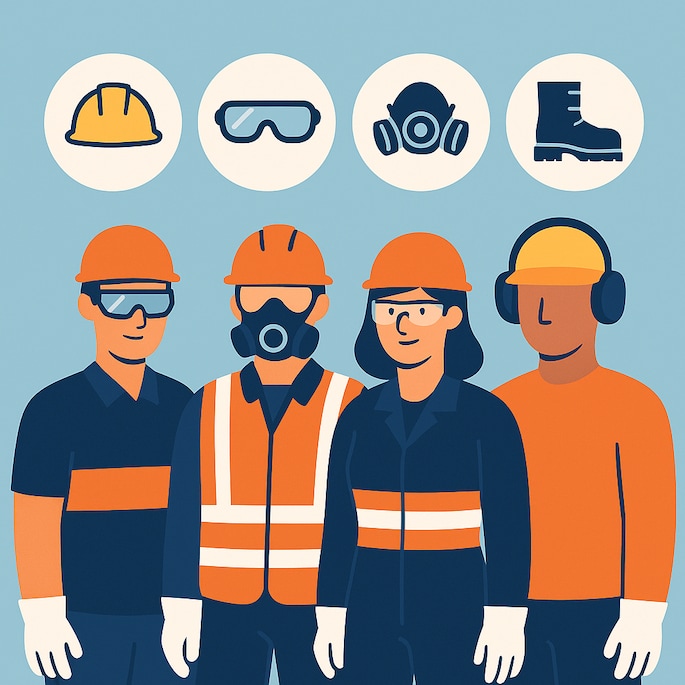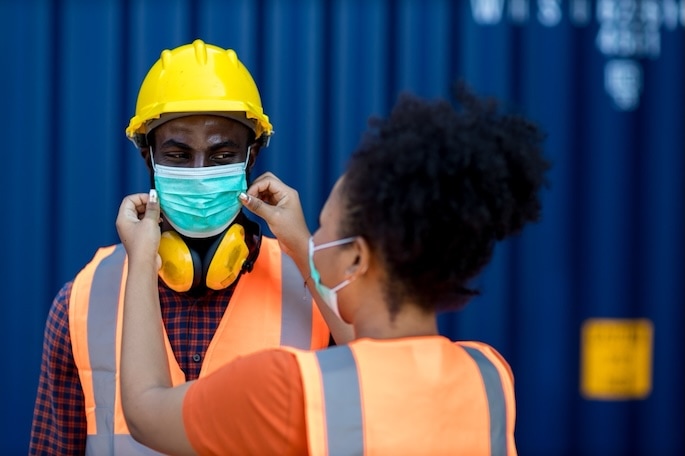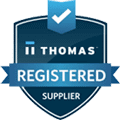There is no cure for lead poisoning or the permanent damage it may cause. Even in the form of lead dust, it can gather on your clothing and skin. If it’s inhaled or ingested, it can cause serious damage to the lungs, kidneys, nervous system, intestines, and reproductive system. Lead is an extremely toxic substance that can build up in the body and pose serious health issues to those exposed to it by not handling lead safely.
We go to great lengths to ensure your safety but you need to do your part, too. If you are working with lead, it is very important that you rigorously practice basic personal hygiene to minimize your health risks. In addition to minimizing your exposure, good hygiene practices also prevent you from taking lead-contaminated dust out of the worksite and into your home where it can seriously affect your family’s health.
Good Hygiene Practices
You should always make cleaning up a priority when working with lead.
- Wear the appropriate personal protective equipment at all times, including coveralls, boots, gloves, and respirators.
- Do not smoke, eat, drink or put on cosmetics in contaminated work areas or while wearing contaminated clothing; doing so will increase your risk of ingesting dust when doing these activities.
- Thoroughly wash your hands and face whenever you stop to eat, smoke or use other forms of tobacco.
- Rolling coveralls when removing them reduces your exposure to lead. Roll them to the waist and then down the legs, and remove them without shaking them. Place them directly into a covered laundry container. Then, remove shoes and any other contaminated articles of clothing, and finally remove the respirator.
- Remove contaminated clothing at work, and shower before getting into your car and returning home. You do not want to transport lead from your body or clothing into your home.
- Do not dry sweep spills containing lead because this will create dust. Instead, wet down the area with water and then vacuum the area with a HEPA vacuum.
Stay Alert
When working with lead, keep these guidelines in mind to minimize the risk of explosion or increased exposure.
- Use caution around open flames and lead dust clouds, which can be flammable under certain circumstances.
- Avoid generating dust by using the correct tools to open containers. If you use the wrong tool and cause an uneven tear, spills and dust are likely.
- Keep your workspace clean and clutter-free.
- Do not use materials that are incompatible with lead such as oxidizing agents, strong acids, and strong bases.
- Once materials are taken out of their original manufacturer’s container, do not attempt to put them back in.
- Open containers only on stable surfaces.
- Follow the handling precautions found on the company’s Safety Data Sheets (SDS).
- Have cleanup and fire-fighting equipment ready at a moment’s notice in case of emergency.
- Always wear a respirator when you are cleaning up materials.
- If you experience an illness after working with lead, report it immediately to your supervisor.







